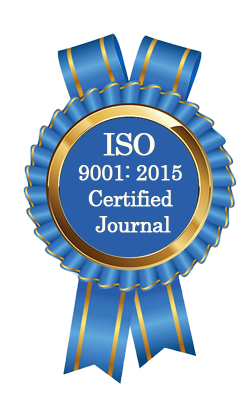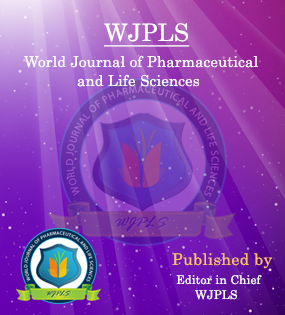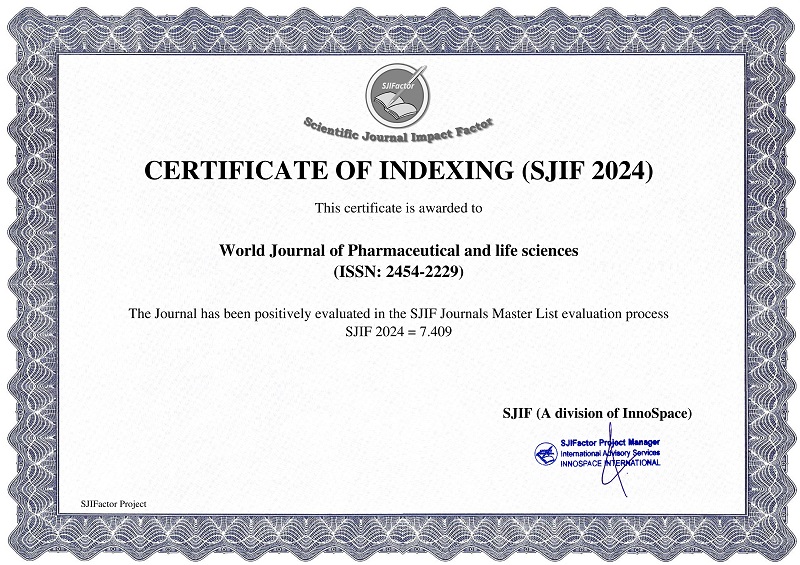Abstract
PSORIASIS: - AYURVEDIC REVIEW
Dr. Aparna Bhagwat Jagdale* and Dr. Prashant P. Ingale
ABSTRACT
Ayurveda is an ancient medical practice that vaidyas sometimes use to cure psoriasis. The practice originated in India more than 3,000 years ago. It involves incorporating a special diet, herbal compounds, and additional supportive medical practices. Ayurveda, also known as Ayurvedic medicine, aims to help a person heal their body, mind, and spirit. Ayurvedic medicine features treatments that have been used to treat psoriasis. Psoriasis is a condition that causes excess and rapid growth of skin cells, leading to plaque-like deposits that build up on the skin. While Ayurveda may be able to treat psoriasis in some people, its results haven't been studied in large-scale clinical trials or systematic research reviews. According to an article in the International Journal of Green Pharmacy, Ayurvedic practitioners classify psoriasis as a "kushtha" health condition. This means the condition is a chronic one, which is also "krucchasadhya" (intractable) and "asadhya" (incurable). Ayurvedic texts say that psoriasis arises due to an imbalance of two "doshas" (areas of energy) known as the "Vata" and "Kapha." By these types of research studies it is proved that Ayurvedic treatments are effective in psoriasis. However, until there is more scientific evidence needed, it is always a good idea for a person with psoriasis to check by vaidya before using any Ayurvedic treatments. One of the most common topical preparations used to treat psoriasis in Ayurvedic medicine contains turmeric. This is a compound that is derived from a root that is similar to ginger.
[Full Text Article] [Download Certificate]WJPLS CITATION 
| All | Since 2020 | |
| Citation | 590 | 424 |
| h-index | 12 | 10 |
| i10-index | 17 | 14 |
INDEXING
NEWS & UPDATION
BEST ARTICLE AWARDS
World Journal of Pharmaceutical and life sciences is giving Best Article Award in every Issue for Best Article and Issue Certificate of Appreciation to the Authors to promote research activity of scholar.
Best Article of current issue
Download Article : Click here





